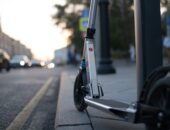
A little chilly weather shouldn’t stop you from enjoying a family trip. On the contrary, if you’re passionate about winter sports, you should definitely say “yes” to a winter road trip.
Winter driving sounds scary for many drivers. From icy roads to snowstorms, or subzero temperatures, there are many hazards that you can meet on the road. Winter can pose a number of threats to your vehicle’s health, and your safety on the road as well. The really low temperatures can cause many problems, including deflated tyres and frozen brake fluid.
Yet, only a little bit of preparation could literally be life-saving while travelling by car during the cold season. Just like the seasonal changes you might make to your wardrobe to keep you warm when temperatures get really cold, your car also needs a cold-weather makeover. There are a few steps to take to make sure that you keep it running smoothly even when the roads are covered with snow and temperatures drop really low.
Keep reading below to find out how to prepare your car for a winter road trip properly!
Check your car’s battery
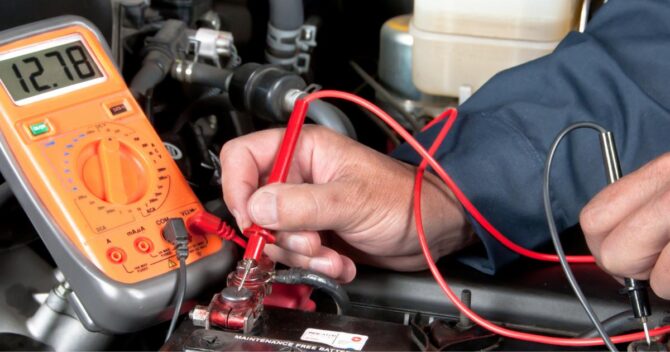
Source: haynes.com
Cold weather is your car’s battery’s worst enemy. During winter, there’s added strain placed on the battery because the low temperatures thicken the motor oil. So, if you want to avoid a dead car battery situation during your trip, it’s wise to test it and make sure there is no corrosion on the terminals.
If your car’s battery is older than three years, it’s highly recommended to have it inspected by a professional who can advise you on replacing the battery if necessary.
While it’s possible to find a Good Samaritan to help you jump-start your vehicle if your battery doesn’t work anymore while you’re on the road, wouldn’t you rather take the necessary steps to avoid such a situation?
Replace and check your tyres
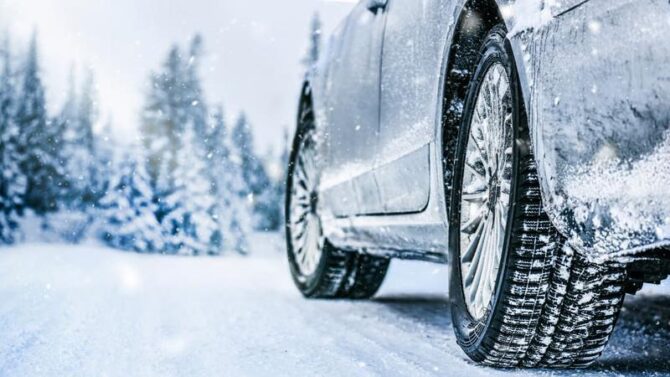
Source: insurancehotline.com
As a driver, it’s very likely that you already know the importance of weather-appropriate tyres. Especially during winter, when roads tend to get really slippery, your vehicle needs a set of tyres that can firmly secure it to the ground and prevent skidding. If you don’t already own a set of weather-appropriate tyres, buying new tyres is vital for the safety of your family and your own on the road.
As the car experts from Jim’s Mobile Tyres explain, “No matter how many high-tech safety features your car may have, without winter tires that provide better control, shorter stopping distances, and more traction to power through snow and be able to climb that icy incline, you’re not safe while driving during winter.”
Besides changing your summer tyres with winter ones, you should also check the tyre pressure. When temperatures get below zero (32°F), tyres tend to deflate. Why is this a problem? Because deflated tyres decrease gas mileage and can also lead to premature tyre wear out.
A flat tyre isn’t exactly what anyone would want to experience during their winter road trip. So, avoid this scenario by preparing your car with the right set of tyres and by checking the pressure in them.
Get the right kind of oil change
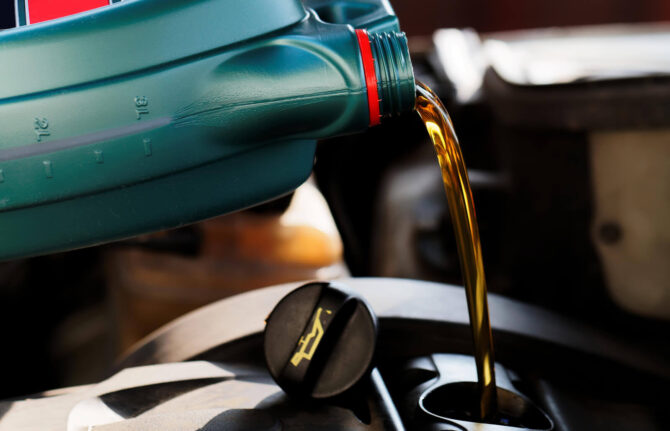
Source: bookmygarage.com
Generally, it’s a good idea to get your car’s oil changed before the cold season arrives.
Cold temperatures affect oil’s thickness, making it get very dense, which can prevent it from properly circulating through the system to ensure your vehicle’s engine proper lubrication. It’s recommended, and easier, to get your car’s oil changed by a mechanic. Yet, if you want to do it on your own before you do it, run the engine for a few minutes for the oil to get warm and thin.
It’s also important to refer to your owner’s manual to know exactly which oil can be used in your specific car.
Replace the windshield wiper blades
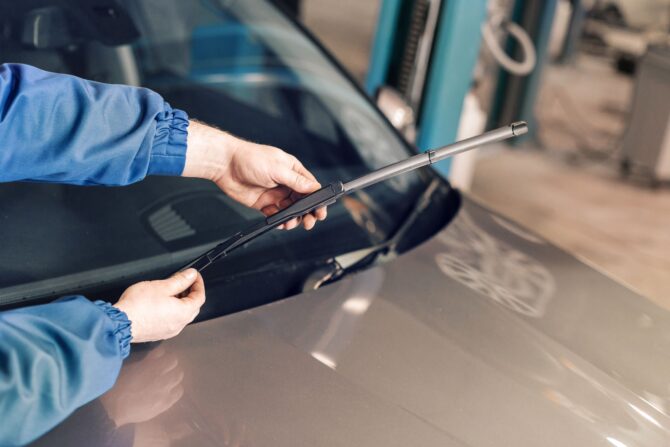
Source: wrench.com
Driving while it’s snowing outside can give you a hard time seeing what’s happening on the road. And, the best equipment that can help you ensure good visibility during snowing weather is your windshield wiper blades.
If you don’t want to find yourself struggling to see in a blinding snowstorm, make sure you invest in new windshield wiper blades. Also, don’t forget to fill up the windshield washer reservoir with washer fluid appropriate for freezing temperatures.
Another thing you need to do is to check your car’s heater and defroster to make sure that they are working properly and will keep the windshield clear while you are driving through snow.
Have your brakes inspected and serviced
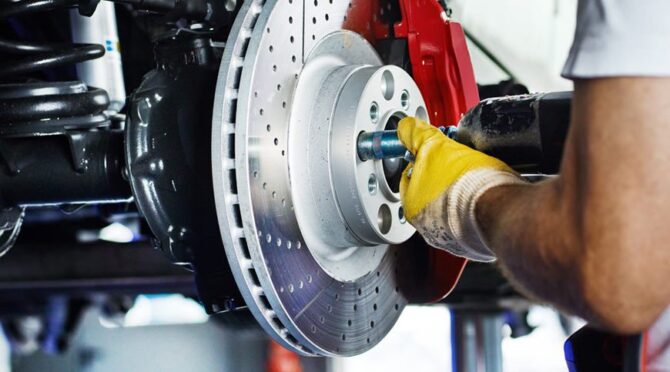
Source: paautoinspection.com
Due to the weather conditions, your car’s brakes are under much more strain compared to other seasons during the cold season.
Winter comes with plenty of different and more difficult driving conditions. You’ll be driving on roads that are cold and dry, wet and slushy, or covered in snow or ice. So, your car’s braking system must work perfectly to keep you safe on the road. It’s wise to check the brake systems at least once during the cold season.
Kind reminder! When driving on snow or ice-covered roads, drive smoothly and make no sudden movements such as turning the steering wheel aggressively. This way, you avoid losing traction and the control of your car.
Prepare a winter car emergency kit
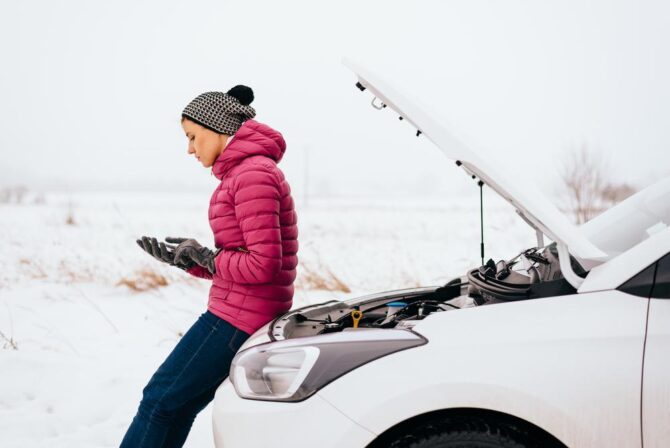
Source: unchartedsupplyco.com
Sometimes, no matter how well you’ve prepared your car for the winter road trip, another issue can occur and prevent your car from working anymore. Or, even if your vehicle is in perfect conditions, the weather outside might prevent you from continuing your way for several hours.
It’s best for such scenarios to prepare a winter emergency kit to keep in your car, especially if you’re planning to leave on a road trip during the season.
What should a winter car emergency kit include? Stuff like:
- A first-aid kit
- Blankets
- Extra water and unperishable food
- A flashlight and extra batteries
- Extra warm and dry clothes and boots
- Ice scraper and snow brush
- Jumper cables


